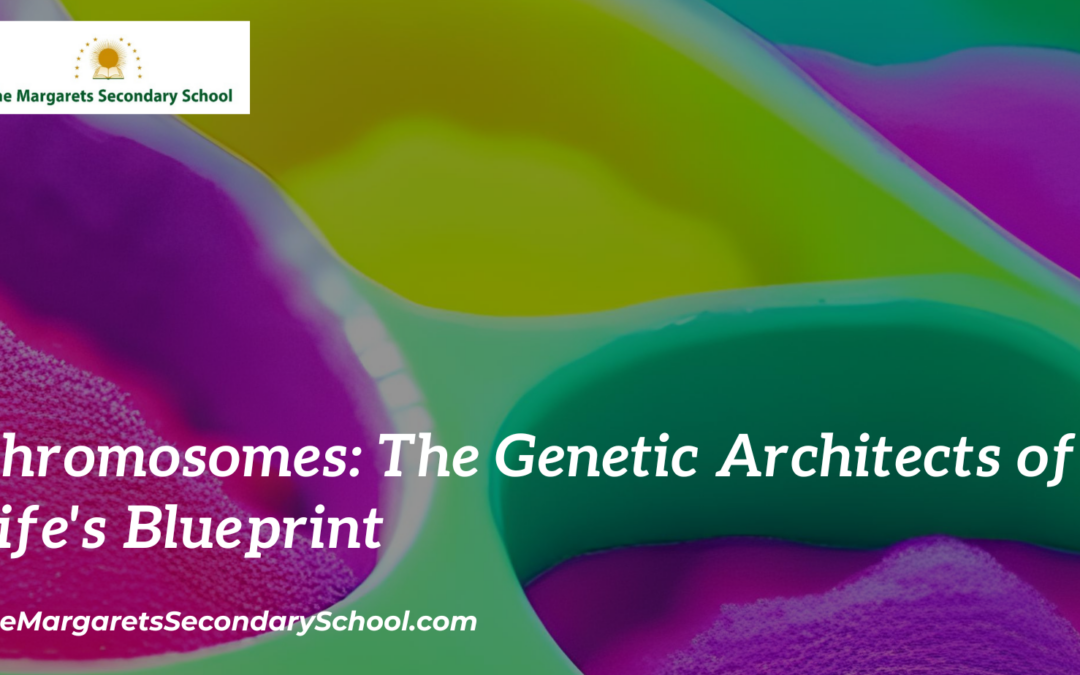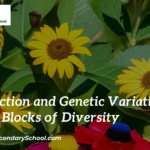Chromosomes
Hidden within the nucleus of every cell, chromosomes serve as the intricate blueprints that shape the characteristics and traits of all living organisms. These thread-like structures, composed of DNA and proteins, play a central role in transmitting genetic information from one generation to the next. The study of chromosomes has unlocked the secrets of inheritance, evolution, and the diversity of life on Earth.
Unveiling the Chromosomal Landscape
Chromosomes are the repositories of an organism’s genetic code. Each species has a characteristic number and arrangement of chromosomes that dictate the features, behaviors, and functions of its individuals. Humans, for instance, possess 23 pairs of chromosomes, while other species may have different numbers.
Chromosomes consist of DNA molecules tightly wound around proteins called histones, forming a complex called chromatin. During cell division, chromatin compacts further into dense structures that are visible under a microscope, known as chromosomes. These visible structures facilitate the accurate separation and distribution of genetic material to daughter cells.
Genes: The Functional Units of Chromosomes
Genes are the functional units encoded within chromosomes. They are segments of DNA that contain instructions for building proteins—the molecules responsible for the structure, function, and regulation of cells. Genes determine an organism’s traits, from physical characteristics like eye color to complex physiological processes like digestion.
While genes are the same in all cells of an organism, the expression of these genes can vary depending on the cell’s type and function. Specialized cells, such as muscle cells and nerve cells, express specific sets of genes that enable them to perform their unique roles.
Homologous Chromosomes and Inheritance
In sexually reproducing organisms, offspring inherit one set of chromosomes from each parent. These sets of chromosomes are called homologous chromosomes because they carry the same genes, although they may have different versions (alleles) of those genes.
The process of meiosis, which occurs in the formation of eggs and sperm, shuffles and separates homologous chromosomes to ensure genetic diversity in offspring. During fertilization, when an egg and sperm fuse, the resulting zygote inherits a unique combination of genes from both parents.
Chromosomal Abnormalities and Health Implications
Errors during cell division or genetic mutations can lead to chromosomal abnormalities. These abnormalities can result in conditions such as Down syndrome, where an individual has an extra copy of chromosome 21. Other conditions, like Turner syndrome and Klinefelter syndrome, involve missing or extra sex chromosomes.
Understanding chromosomal abnormalities is crucial for medical research and genetic counseling. Techniques like karyotyping, which involves arranging and analyzing a person’s chromosomes, help diagnose such conditions and guide appropriate interventions and support.
Mapping the Human Genome: A Remarkable Achievement
The Human Genome Project, a groundbreaking international endeavor completed in 2003, aimed to map the entire human genome—the complete set of DNA in a human being. This achievement revolutionized our understanding of genetics and provided invaluable insights into the role of individual genes and their interactions in health and disease.
Advances in technology have since accelerated our ability to sequence and analyze entire genomes, leading to the discovery of disease-associated genes, personalized medicine approaches, and deeper insights into evolutionary relationships between species.
Chromosomes and the Tapestry of Life
Chromosomes are the threads that connect the intricate tapestry of life. They carry the heritage of generations, shaping the course of evolution and enabling the diversity of species we see today. From uncovering the mysteries of inheritance to unraveling the complexities of genetic disorders, the study of chromosomes continues to be a pivotal endeavor in advancing our understanding of life’s blueprint and its remarkable variations.





